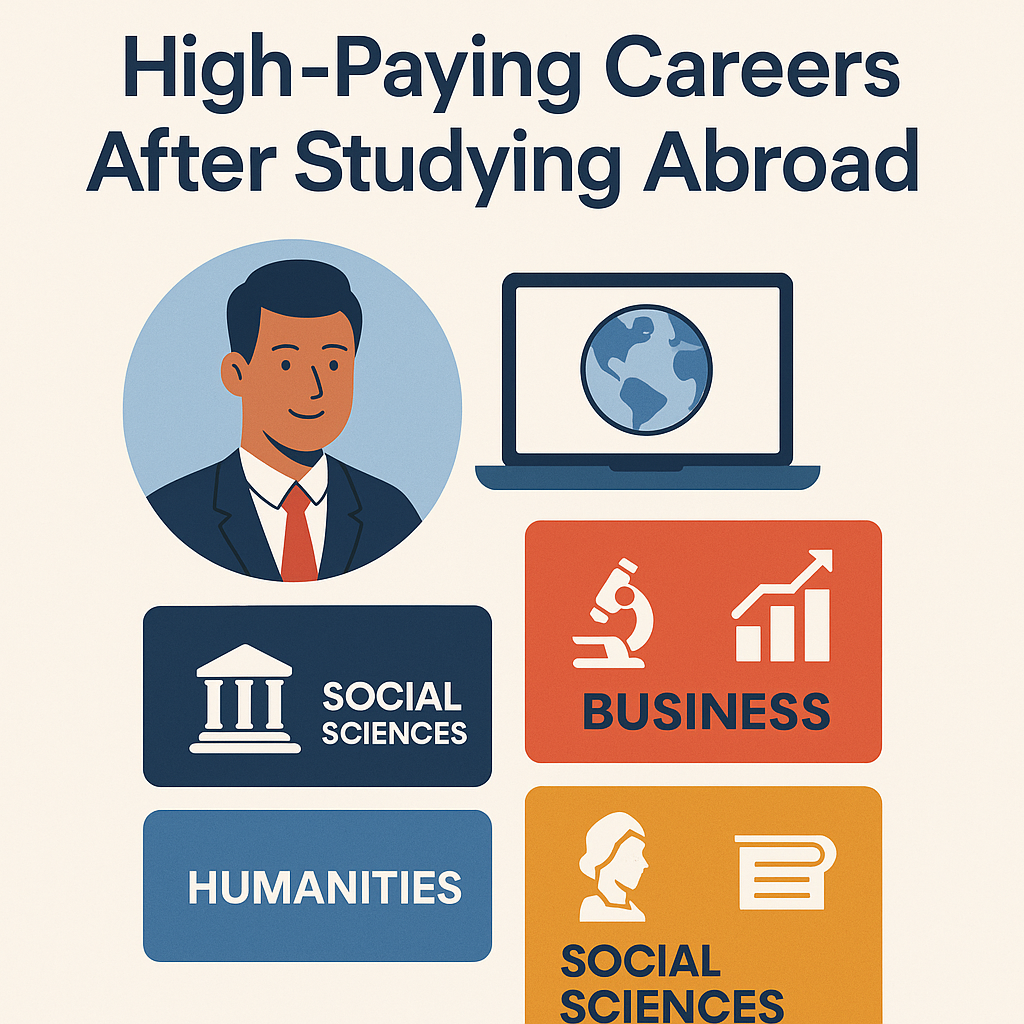Top Mistakes Nepali Students Make While Applying for a Student Visa
Studying Abroad Is a Dream — Don’t Let Small Mistakes Stop You
For thousands of Nepali students, the aspiration to study abroad is a remarkable opportunity that can lead to personal and professional growth. Countries like the UK, Australia, Canada, and the USA offer exceptional education systems and diverse experiences. However, it’s disheartening to note that many students face visa rejections each year due to mistakes that could easily be avoided.
To help you navigate this crucial step in your journey, I’ve outlined some of the most common errors Nepali students make during their student visa applications, along with tips on how to steer clear of them.
1. Submitting Incomplete or Incorrect Documents
One of the primary reasons for visa rejection is the submission of incomplete or incorrect documents. This can include:
- Missing academic transcripts
- Wrong bank statements
- Expired passport
- Incomplete forms
Tip: It’s wise to use a reliable education consultancy like WI Education Global to cross-check all documents before you submit your application. Their expertise can help ensure nothing is overlooked.
2. Weak or Copied Statement of Purpose (SOP)
Visa officers look for genuine and unique narratives rather than generic or copied SOPs. Statements that are vague or lack relevance can result in rejection.
Tip: Take the time to craft a strong, personalized SOP that clearly outlines your academic goals, course selection, future plans, and your connections to Nepal. Your story is your unique selling point.
3. Not Meeting English Language Requirements
A significant number of applicants struggle with language test preparation (like IELTS or PTE), leading to scores that fail to meet either university or visa requirements.
Tip: Take your preparation seriously. If your English score is lower than required, investigate whether universities offer alternatives such as the Medium of Instruction (MOI) or foundation programs.
4. Insufficient Financial Proof
Lack of sufficient financial documentation or unclear financial statements is another common hurdle that can lead to rejection.
Tip: Ensure that your financial sponsors are credible sources and that financial documents from recognized banks are clear and demonstrate the necessary balance history.
5. Choosing the Wrong Course or Country
Opting for a course that doesn’t align with your academic background or career aspirations can raise red flags for visa officers.
Tip: Carefully select a study path that resonates with both your education and career objectives. Awareness of how your choice fits your background can prevent inconsistencies that may jeopardize your application.
6. Applying with Unjustified Educational Gaps
Having an educational gap isn’t inherently problematic; the issue often arises when applicants fail to adequately explain it.
Tip: Always include a cover letter or SOP that clarifies the reason for any educational GAPs — whether it was related to work, training, family matters, or health concerns.
7. Not Consulting the Right Experts
Many students choose to navigate the application process independently or rely on unreliable agents, which could lead to confusion and delays.
Tip: Partner with a certified and experienced education consultancy like WI Education Global Pvt. Ltd., as they are equipped to guide you effectively through the entire process.
Final Thoughts
Achieving visa success goes beyond mere academic excellence; it requires thorough planning, clear communication, and a strong presentation of your case. By avoiding these common mistakes, you can significantly improve your chances of receiving a visa, saving you both time and potential heartache.
Remember, your dream of studying abroad is within reach. Equip yourself with the right information and guidance, and take that important step towards a bright future.




